The rebirth of the former Kai Tak airport
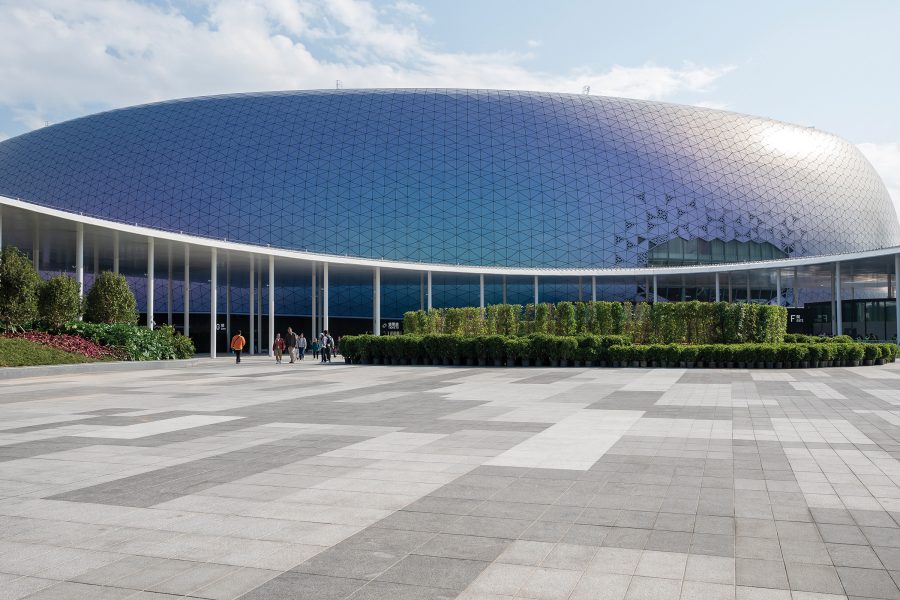
When Chloe Chan leads the Hong Kong Women’s Sevens team onto the pitch of the brand-new Kai Tak Sports Park’s 50,000-seat stadium at the end of this month, she’ll be staking her place in the history books.
The HK$30 billion (US$3.9 billion) park has risen up over what, until 1998, was Hong Kong’s international airport, teetering betwixt harbour and dense urbanism, with high-adrenaline landings guaranteed. The runway, terminal, control tower and other aviation furniture have given way not just to the dazzling, retractable-roofed Kai Tak stadium and a wealth of accompanying sports facilities but also a wider development that encompasses shopping malls, a luxe hotel, a generous chunk of open space and rank upon rank of offices and apartments, all totalling more than 300 hectares.
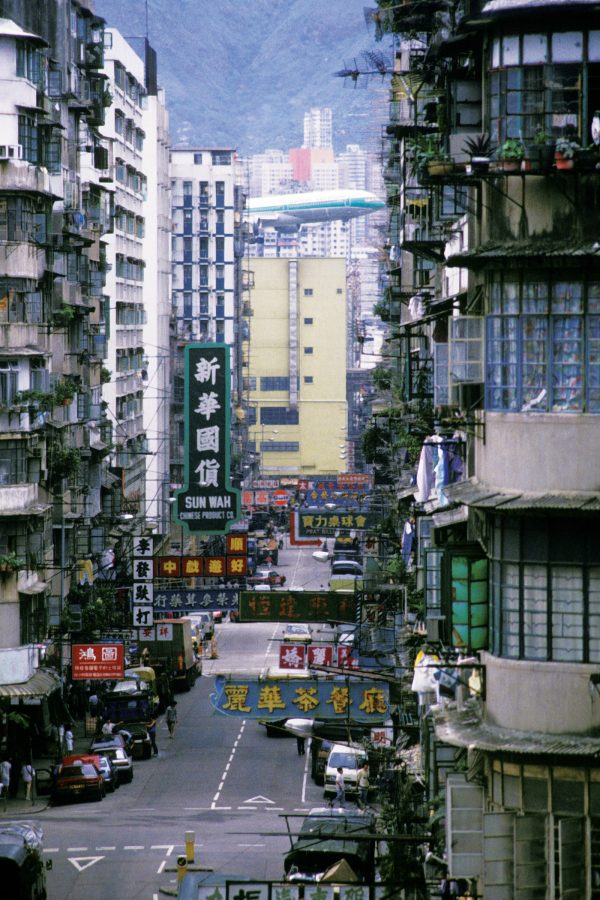
Credit: Christophe LOVINY/Getty Images
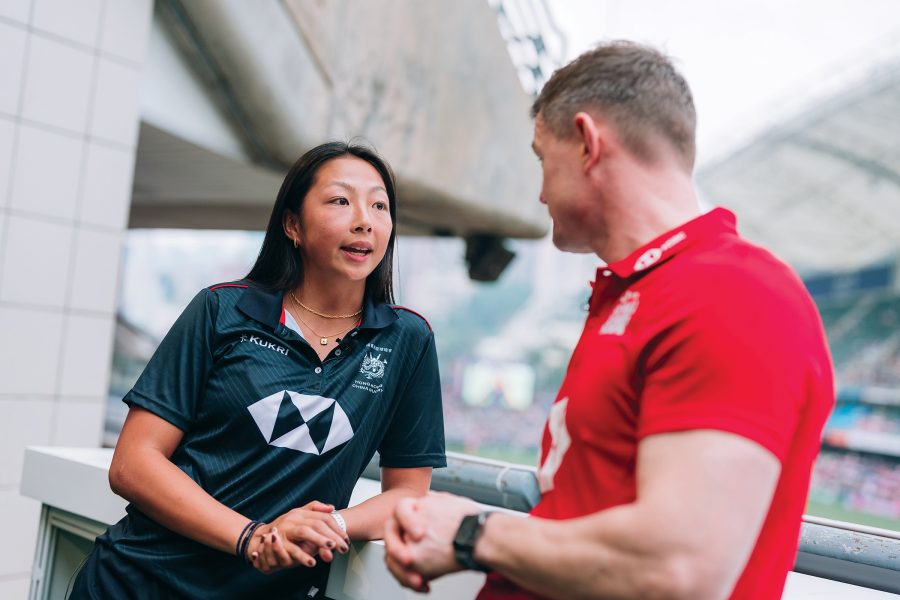
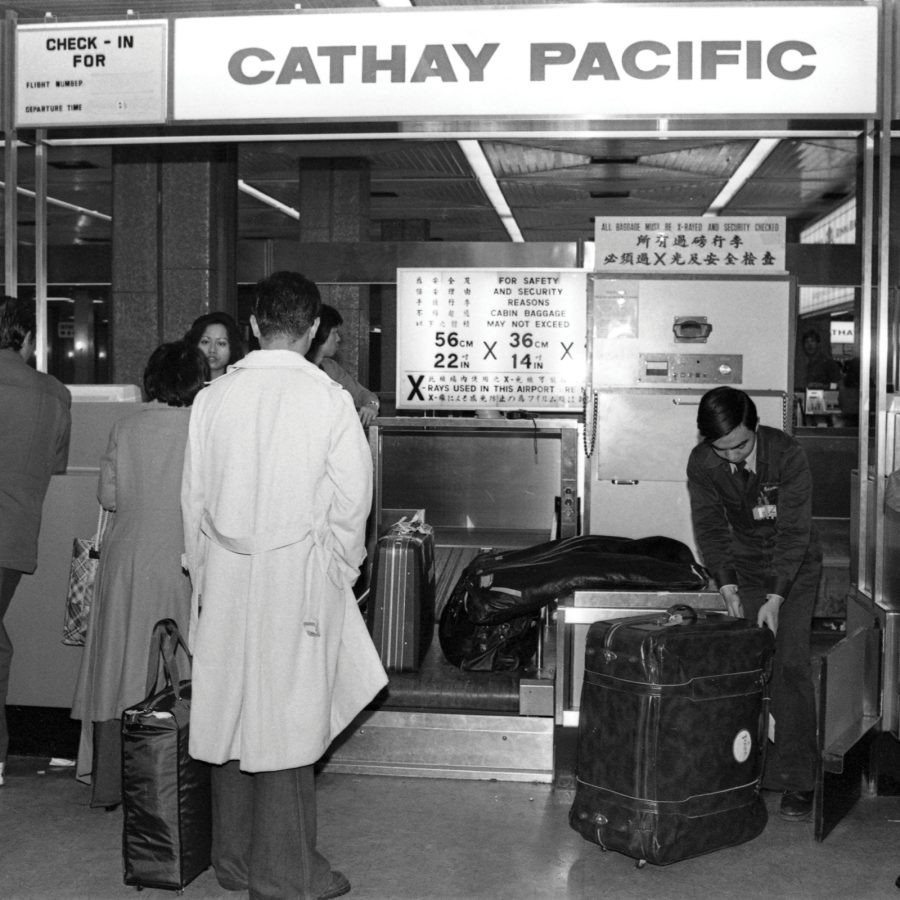
Credit: South China Morning Post/Getty Images
In parallel with Kai Tak’s monumental development, women’s matches at the sporting saturnalia that is the Cathay/HSBC Hong Kong Sevens have grown exponentially since the division’s debut in 1997, 21 years after the first men’s tournament.
“Playing as captain of the Hong Kong women’s team in that super-futuristic new stadium for the first time ever is going to be amazing,” says Chan, 25, who’s been playing rugby for 10 years.
“My mum used to live in the neighbourhood, when Kai Tak was an airport, so things have really come full circle.”
Chan is but one of many people with connections to the legendary former Kai Tak airport – which opened in 1925 on a plot of land reclaimed from the sea by two namesake entrepreneurs, Kai Ho and Au Tak. One hundred years later, their spirit of ingenuity lives on as Kai Tak enters a definitive new chapter.
“The legacy of Kai Tak Sports Park will last decades and influence millions of people,” says Richard Breslin, who first skimmed over the rooftops of Kowloon as a wide-eyed 13-year-old in 1982 and now plays a lead role in Australian architectural firm Populous, one of the prime movers in the park’s design.
“More importantly, it’ll develop the overall architectural impression of Hong Kong as a global city and take the Sevens – and many other major sporting, cultural and entertainment events – to the next level. That’s an incredibly exciting prospect.”
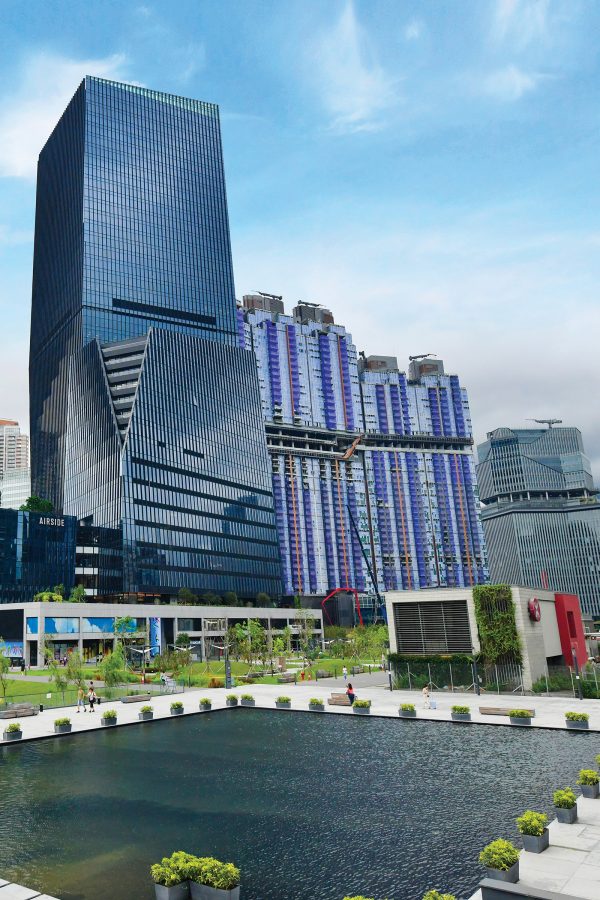
Credit: josephmok/Getty Images
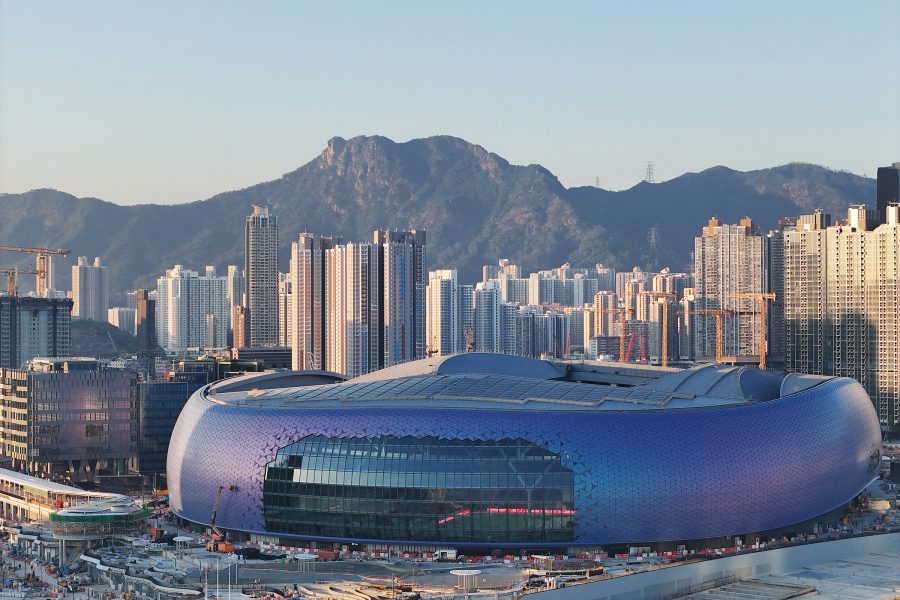
Credit: Kai Tak Sports Park
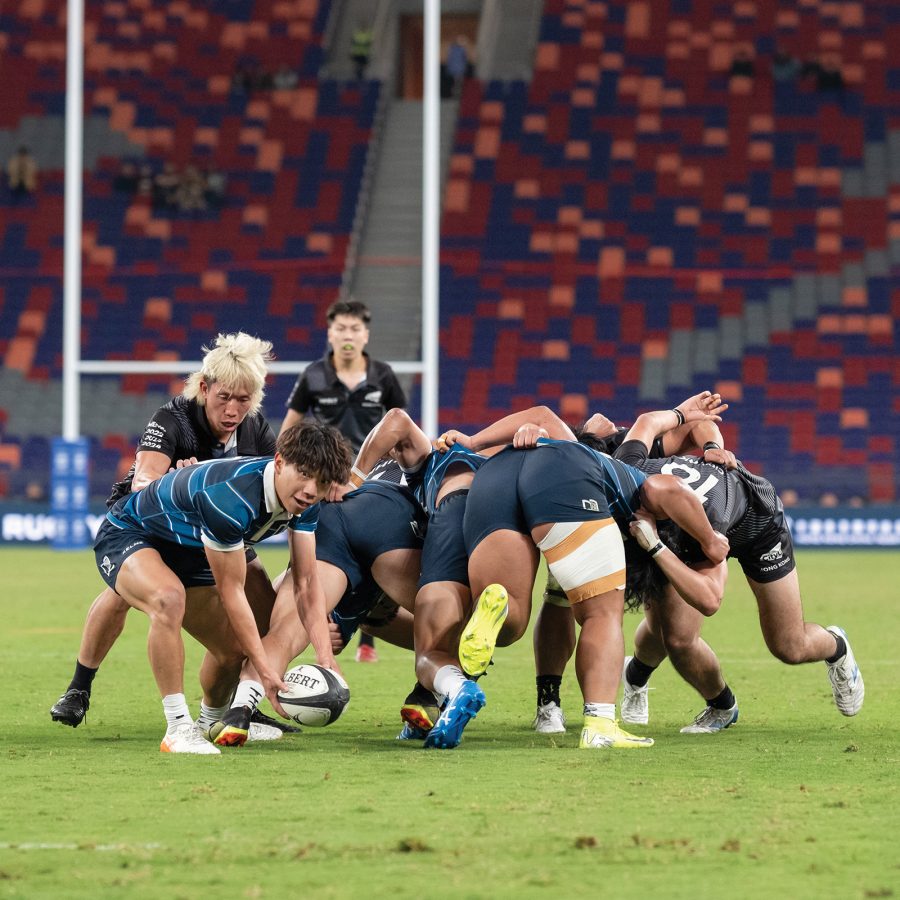
Credit: VCG/Getty Images
Mementos of the former airport pop up just about everywhere in the transmogrified Kai Tak. Its eponymous Kai Tak MTR station – opened in 2020 beneath the site of the passenger terminal – displays old plans and photos, including one of the era’s iconic view of a Boeing 747 coming into land seemingly a hair’s breadth away from a tower block. The grassy park that spreads out from the station’s entrances is dotted with mock departure boards and sculptures of suitcases. The nullah, or narrow waterway, which used to provide arriving passengers with a striking welcome as they tottered down the aircraft’s steps onto the tarmac, has been spruced up and rebranded as Kai Tak River.
One of the new shopping centres is called Airside – referencing the area of an airport beyond Immigration – where you’ll find the deliciously avant-garde art gallery Gate33. (Aviation geeks will recall that Kai Tak had 32 departure gates.)
It has a highly unusual exhibition opening on 14 March: Weird Sensation: Feels Good, an interactive experience exploring the phenomenon of autonomous sensory meridian response, or “ASMR”, through a series of visual, auditory and tactile works that elicit sensations of euphoria or calm.
“It’s more than just an eye-opener, you might say,” says curator Daisy Chu Tin-wan. She, too, recalls the thrill of setting off on holiday from Kai Tak as a child and is excited for the artistic possibilities of the space.
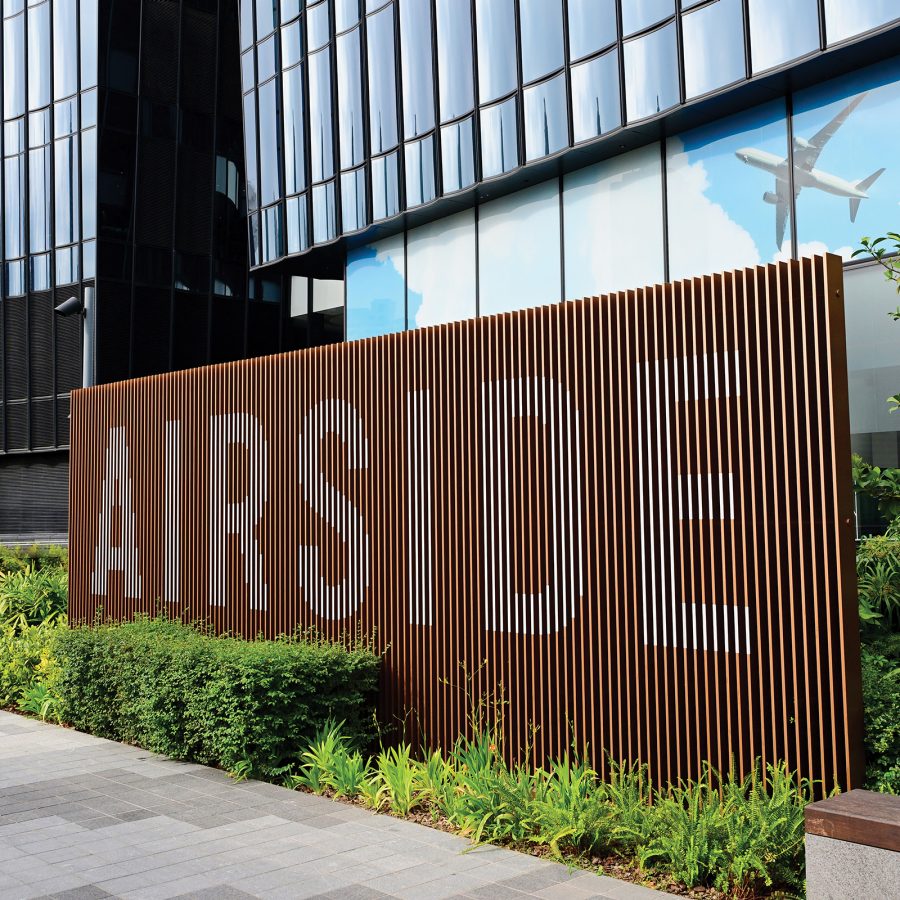
Credit: josephmok/Getty Images
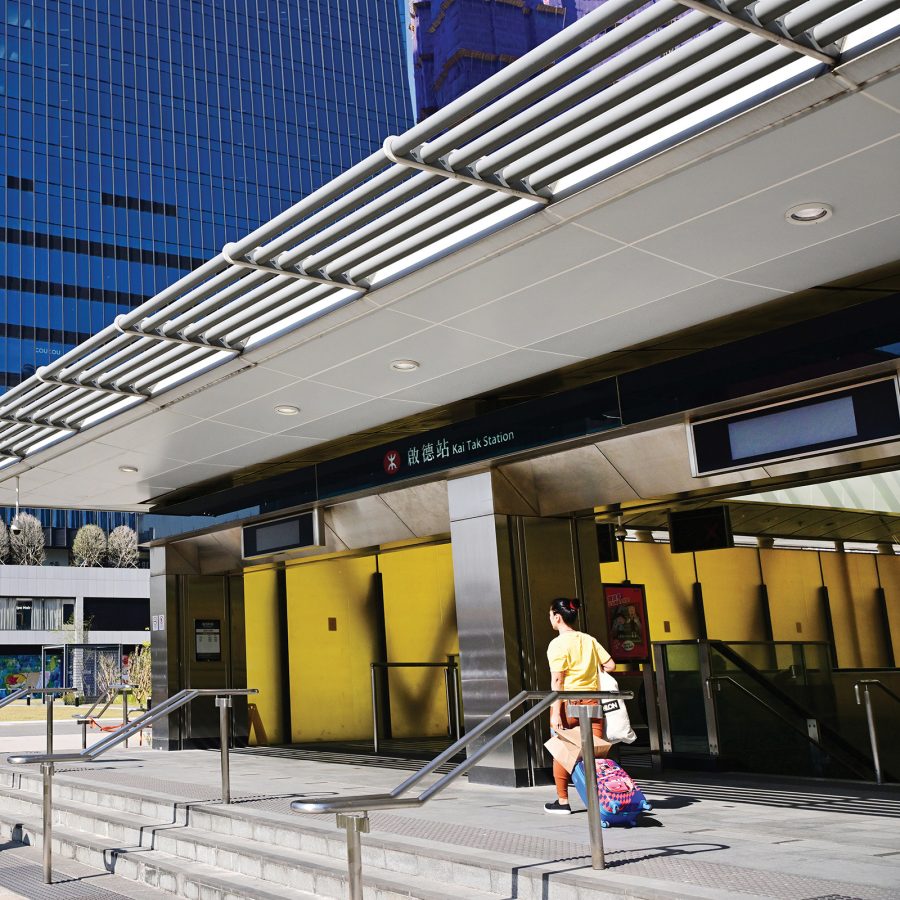
Credit: josephmok/Getty Images
“Being in a mall allows us to reach out to a wider public who might come to shop but then become intrigued by our expo in the gallery or any of the 10 artworks which are scattered around Airside. And, as we’re near the Sports Park, we’ll get a good measure of international exposure, too.

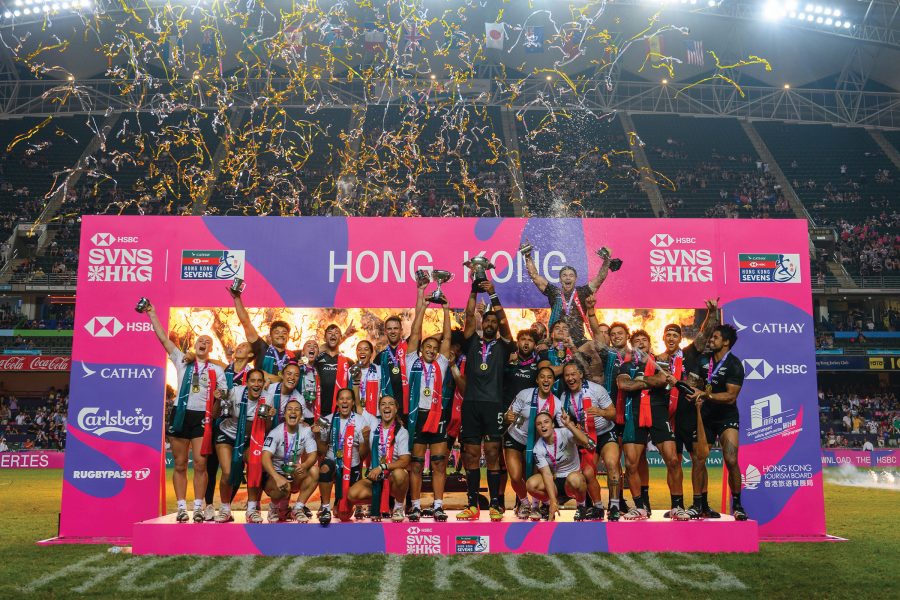

Airside’s eclectic menu doesn’t stop at Gate33. Pets are welcome at its sixth-floor garden, which includes an amphitheatre and a bonsai wetland and forest.
Docents lead tours around the nearby historic district of San Po Kong, and there’s an indoor surfing pool at Groundswell, which is also a pan-Asian restaurant.
Across from Airside, The Twins, a two-towered leisure destination opened last November, is already making waves with a swathe of designer shops, a Sogo department store and a dozen restaurants. Not to be outdone on the arts and leisure front, it also trumpets a sky garden and a sculpture park.
In the span of a generation, and with the sort of panache that would have gladdened its 20th-century progenitors, one of the world’s most fabled airports has turned itself into a city within a city while cutting a brave new template for urban design.
And no sooner will the final Sevens whistle have blown than Kai Tak will start gearing up for its next mega extravaganza – a sold-out four-night run of concerts by Coldplay next month. As the British rockers’ song Kaleidoscope goes: “Welcome, and entertain them all.”
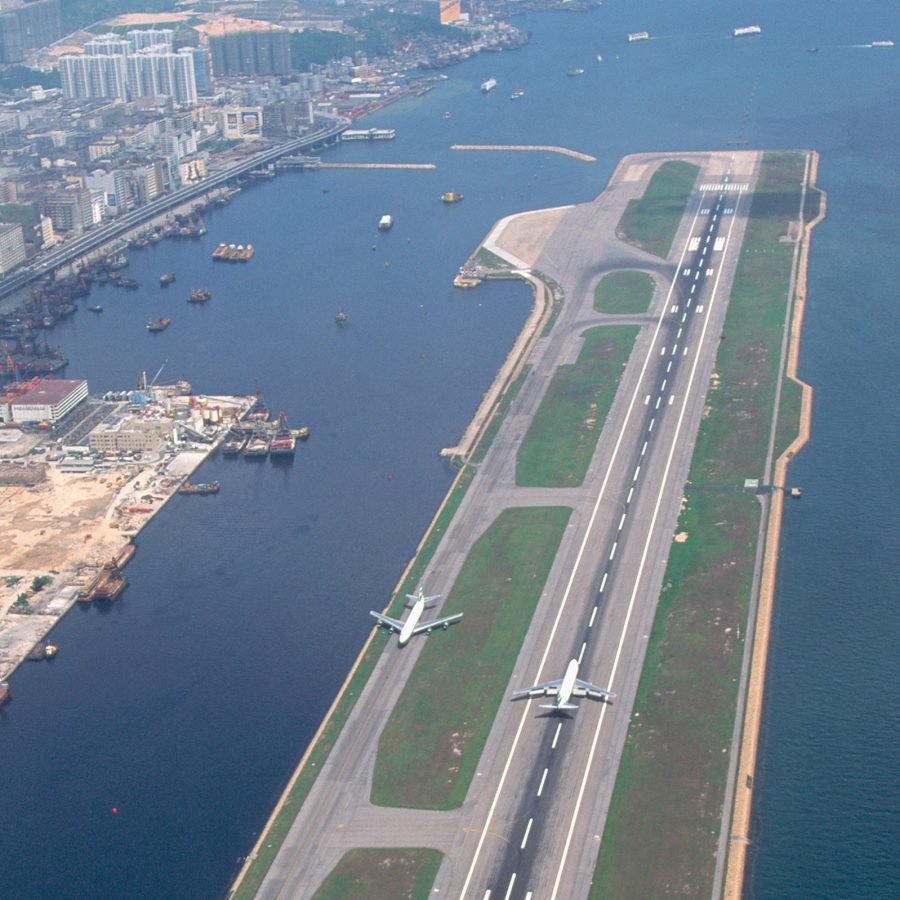
Credit: Earl & Nazima Kowall/Getty Images
Kai Tak heart attack
Landing at Kai Tak Airport, which became known as the “Kai Tak heart attack”, was enough to give a Valkyrie the heebie-jeebies.
As the aircraft descended, the skyscrapers got closer and closer until, seemingly at the last second, the pilot would make a 47-degree turn over the orange-and-white-tiled Checkerboard Hill – a visual command to head right – and line up on Runway 13.
The approach altitude was so low that Kowloon residents would sometimes mischievously gasp and point out of the window to scare first-timers, and it wasn’t unknown for the cabin to burst into applause as the plane braked to a halt on the Kai Tak airport runway.
The doors opened to an amazing vista of mountains and metropolis, reinforcing the airport’s status as a triumph of human skill and engineering.
More inspiration
Hong Kong travel information
- China – the Chinese Mainland, Hong Kong SAR, Macao SAR and Taiwan Region
- Hong Kong SAR - English
- Chinese Mainland (China) - English
- Taiwan, China - English
- 香港特別行政區 - 繁體中文
- 中国內地 - 简体中文
- 中國台灣 - 繁體中文
- Africa
- South Africa - English
- Asia
- Bangladesh - English
- Korea - English
- Singapore - English
- Cambodia - English
- 한국 - 한국어
- Sri Lanka - English
- India - English
- Malaysia - English
- Thailand - English
- Indonesia - English
- Maldives - English
- ประเทศไทย - ภาษาไทย
- Indonesia - Bahasa Indonesia
- Myanmar - English
- Vietnam - English
- Japan - English
- Nepal - English
- Việt Nam - tiếng Việt
- 日本 - 日本語
- Philippines - English
- Australasia
- Australia - English
- New Zealand - English







